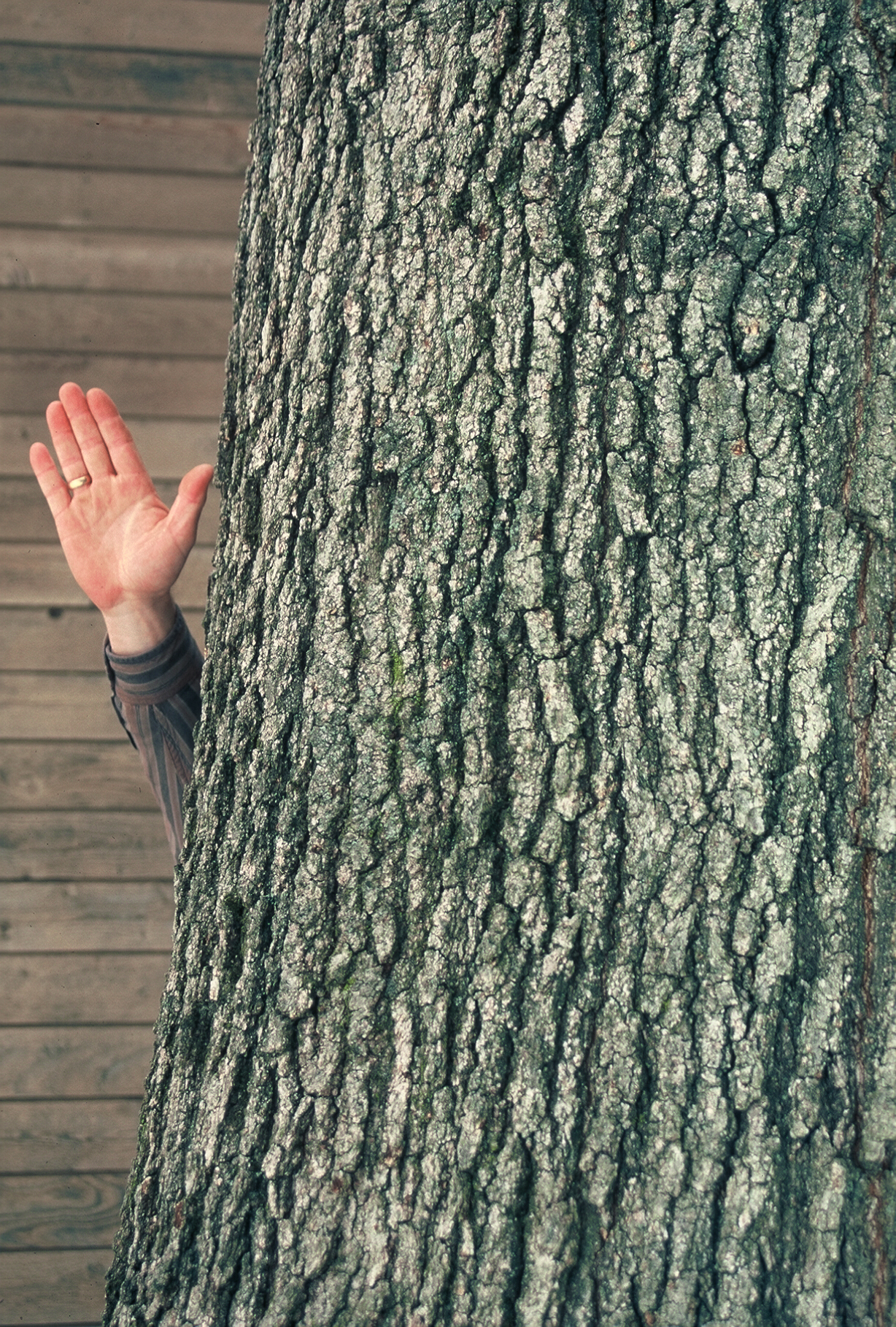


currently unavailable Short Season Cold Hardy Pecans
This specific seed selection is one of the few short season pecans able to grow and fruit in southern Michigan. Its growth rate and habit are like its southern cousins however the ability of the nuts to ripen in areas with low heat units like cloudy Michigan make it possible to not only to grow the tree but have it fill the fruits with delicious high oil nuts. Each branch is loaded with nuts which start to ripen in mid October here in southern Michigan. This tree is also produced from grafting because of its earlier ripening. Northern pecans refer to the most northern range of pecan found mostly in Iowa and Illinois. Sometimes called "ultra northern" these wild trees are found along the Mississippi River and inland. There are not many of them that far north but in short seasons these trees almost always ripen their nuts. They are one of the easiest trees to establish and their tap root make them very drought and heat tolerant.
Super far north pecans really have their origin in the Northern Nut Growers Association. Specifically Dr. Bill Reid and Dr. Guftason were researchers both highly skilled at finding and reproducing these trees for farmers interested in pecan. The organization really spotlighted the northern pecan seed collection via Organic Gardening and other press via John Gordon, Douglas Campbell and Gary Fernald and many others. They often collected the seed and made it available to the public via mail order packets back in the day when people would send cash through the mail. From what I have been told thousands of packets were sent out over the years. I found out about it and purchased seed nuts for my nursery from John Gordon but also the James Pecans and others who had these northern pecans that were more or less wild pecans found on river plains in northern and central Missouri. Later while on a visit with Professor Guftason, I got seed of selections from him as well as people sending me seed of actual northern pecans in Minnesota and Iowa trees. These all ended up in my hedgerow of pecans which was roughly 800 feet long with rather narrow spacing. Pecans need a lot of room. 40 by 80 is ideal. I was using a 20 ft. spacing in the row of two rows.
The northern pecans worked very well at my farm with all ripening every year. The issue is blue jays flying off with the crop. The yields have been good, but difficult to harvest due to predation with jays mostly. Shaking the trees worked very well but difficult to do once the trees got large. The wood of the trees is magnificent with a white and cream like color. The structure of the trees can be tricky if narrow crotch angles form. They will split if strong winds come. This has happened to my planting several times. I was a little too aggressive limbing the trees up and this made this common characteristic more pronounced on some trees. The tree is easy to grow from seed and makes a nice landscape tree.
Further development could be done with creating larger more robust and better spaced plantings meant just for seed production. This would create a ultra northern seed source of this commercially important species. Another avenue would be to use the trees as part of a mixed species wind breaks. The tree could be put into production as a ornamental or urban tree too but shade tree farms would be reluctant doing that with this tap rooted species.
| Plant Specs |
| Genus & Species |
Carya illinoensis |
| Seed Source |
Michigan |
| Hardiness |
minus 30F |
| Height (ft) |
60-80ft |
| Width (ft) |
40-80ft |
| Pollination Requirements |
Plant two for overlapping flowering times. Lone trees can be self fertile as well but two is usually best. Three is ideal to be sure. |
| Soil |
Wet to dry. Very adaptable. Tap rooted. |
| Climate |
Zone 4ish to Zone 8. |
| Ease of Cultivation |
Easy to grow. Trees take from 7 to 15 years to set a crop from seedling. Trees flower late so usually frost is not an issue. Overlapping of blossoms is critical to set good crops. Having seedling trees or known parents works to fulfill that. Really one of the best species of hickory to grow ornamentally. Trees live a long time, and are usually free of pests both foliage and nuts. For a hickory, fast growing as well. |

